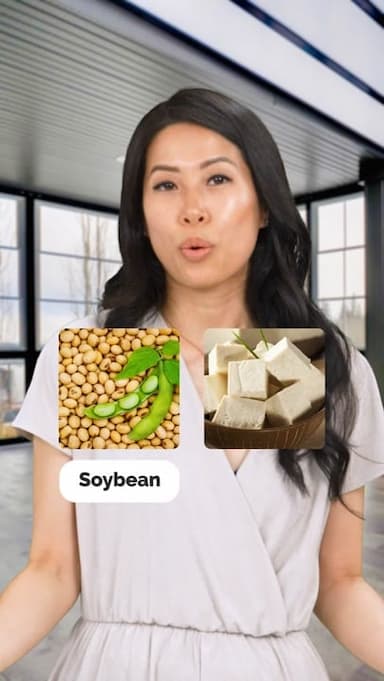Stale vs Mouldy Bread – What’s the Difference?
It’s easy to confuse the words stale and mouldy, but they describe two very different things. In this short video, you’ll learn how to use each word correctly in everyday English.
Stale bread means it’s old, dry, and not fresh—but still safe to eat. It might not taste great, but it won’t harm you. For example: “This baguette is a bit stale, but still okay for toast.”
Mouldy bread, on the other hand, has visible fungus—usually green, white, or black spots—and is unsafe to eat. If you see mould, throw it away immediately. Example: “Ew! This bread’s mouldy. Toss it!”
This quick explainer helps English learners avoid common vocabulary mix-ups and sound more natural in real life. Watch the video, practise with examples, and never make the stale/mouldy mistake again!
Get the full app experience
Engaging video lessons and fun quizzes to help you ace your English.
Improve your English Level
Improve your pronunciation
Practice conversations
Sharpen your listening Skills
Fix common mistakes in English
Learn Grammar in a fun way
Expand your English Vocabulary
Coming soon to Google Play
© 2023 fluentjoy.com












